Gallery
Photos from events, contest for the best costume, videos from master classes.
 | 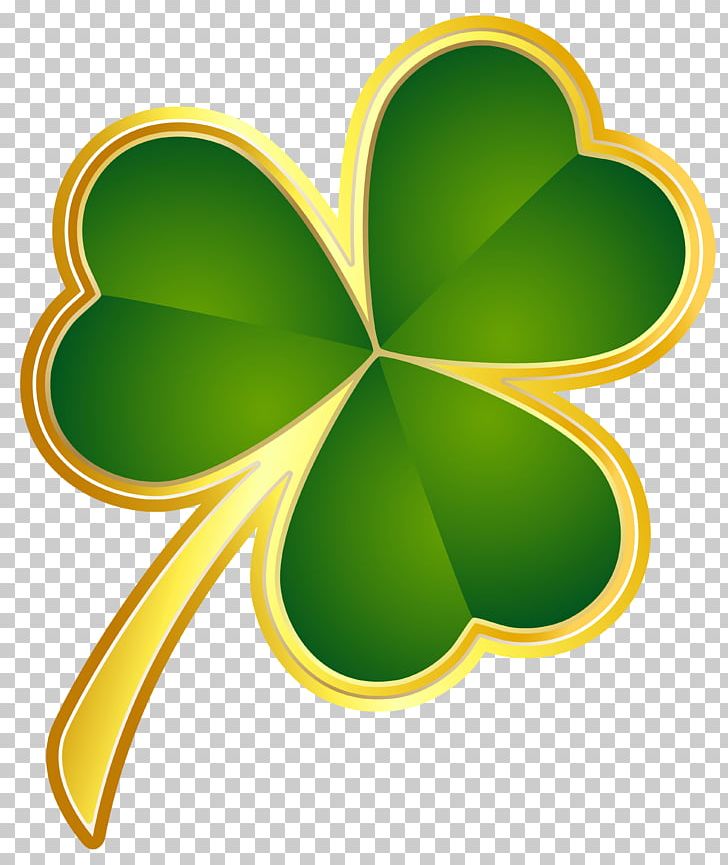 |
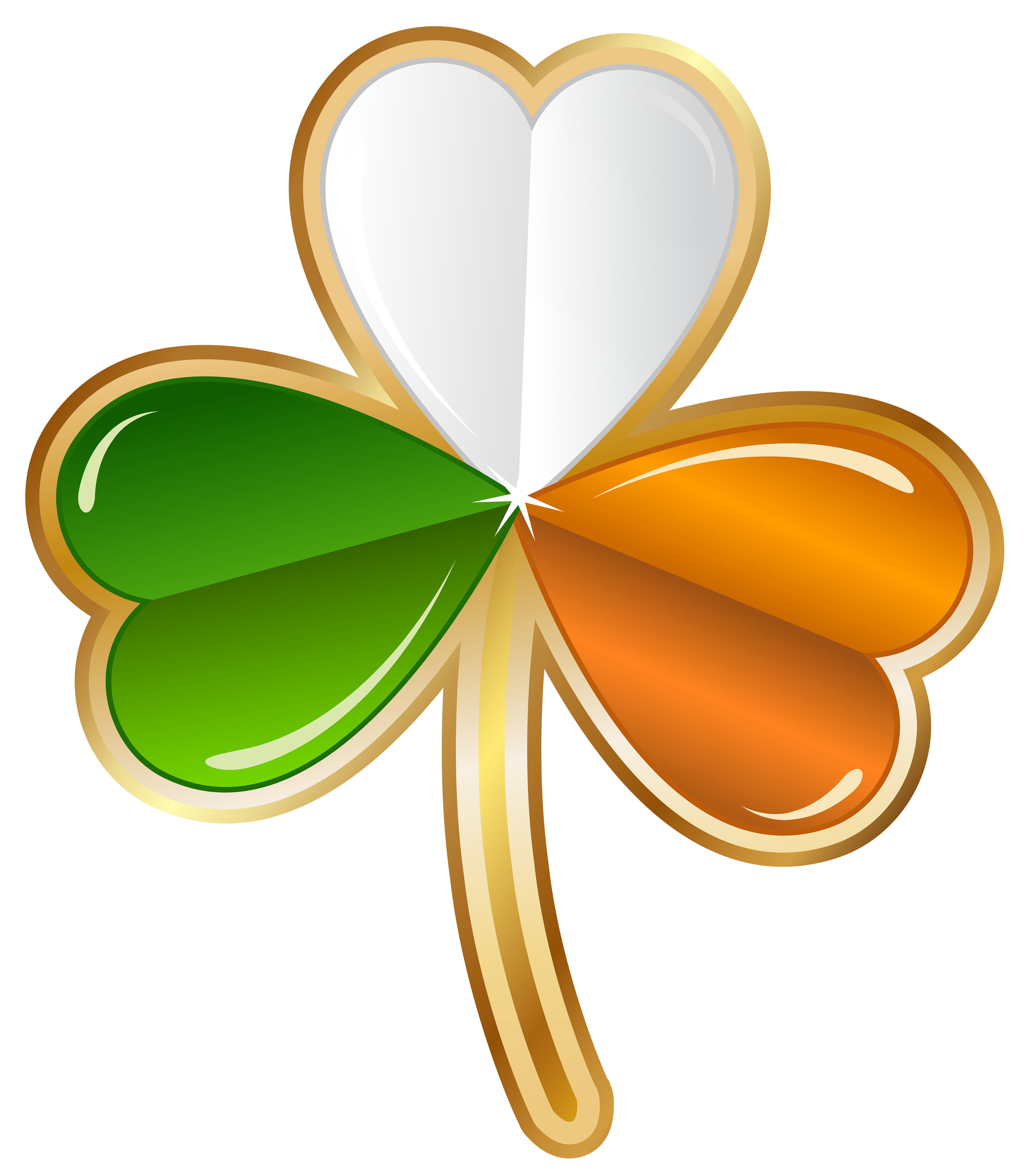 | 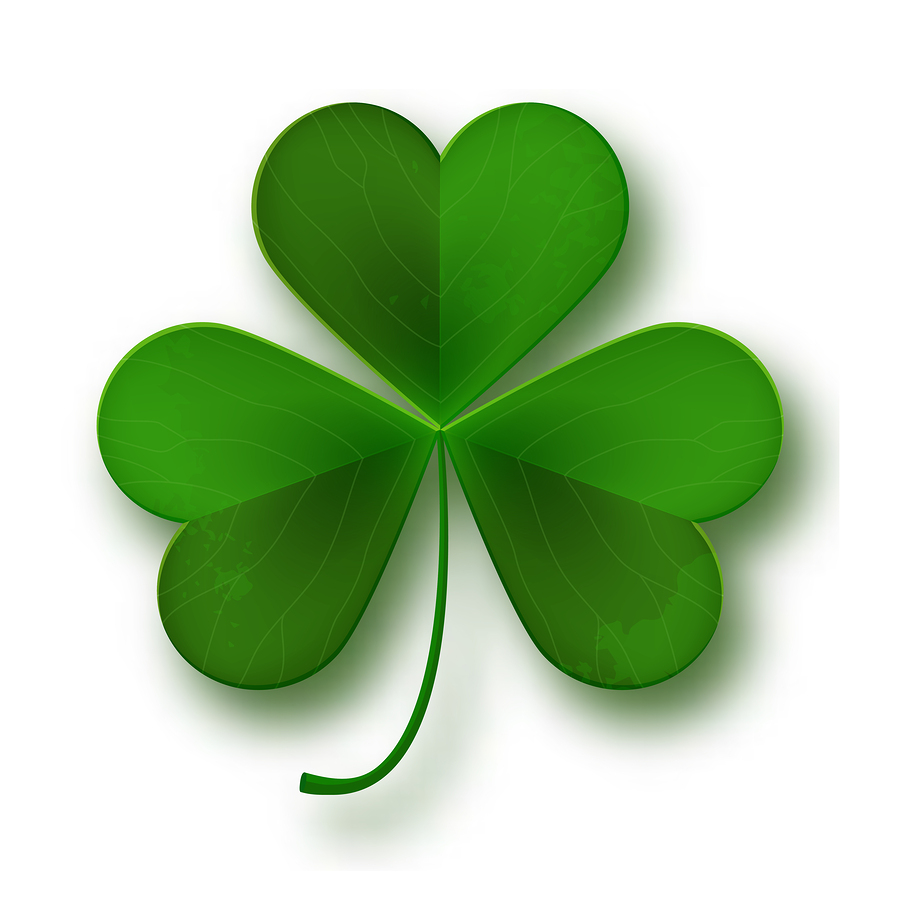 |
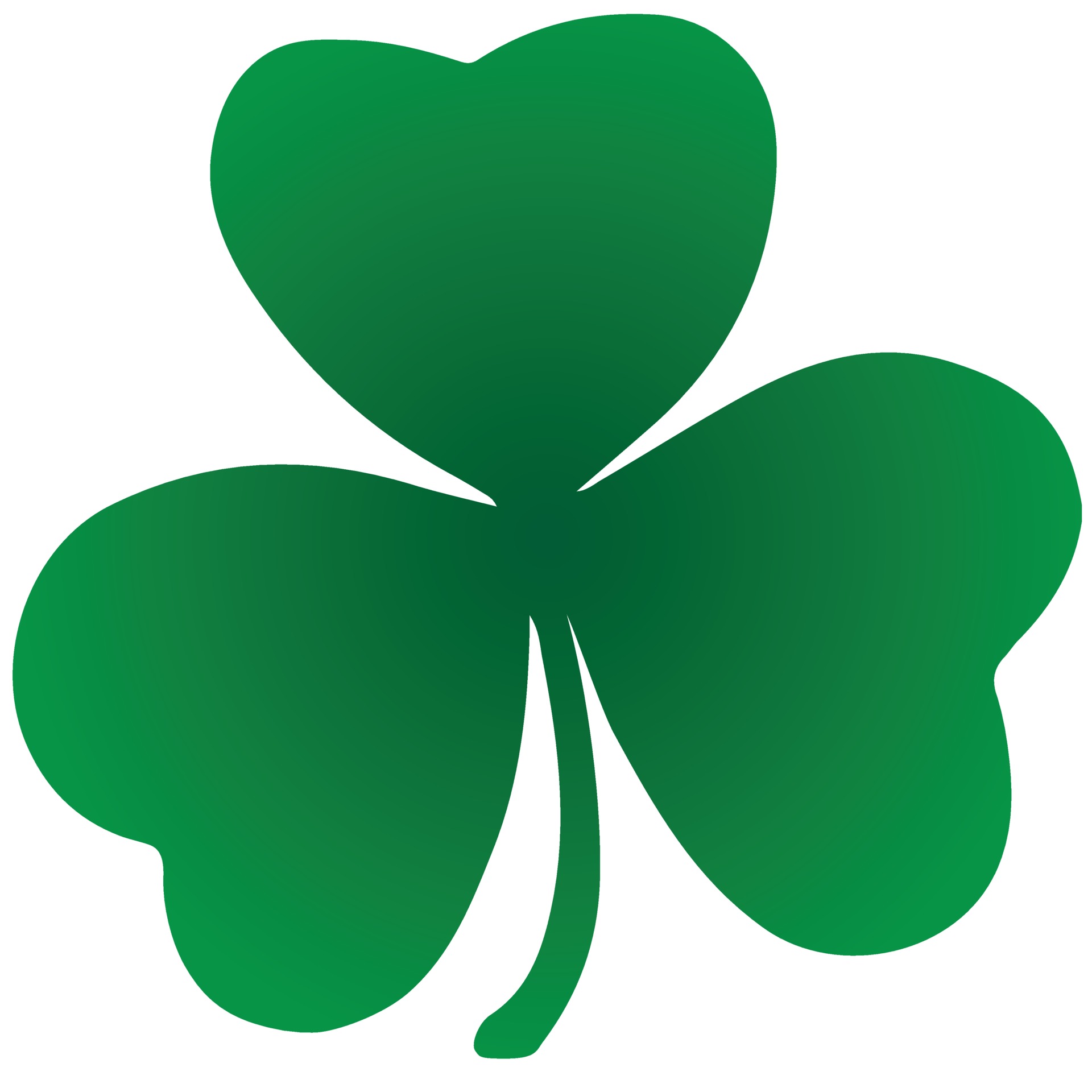 |  |
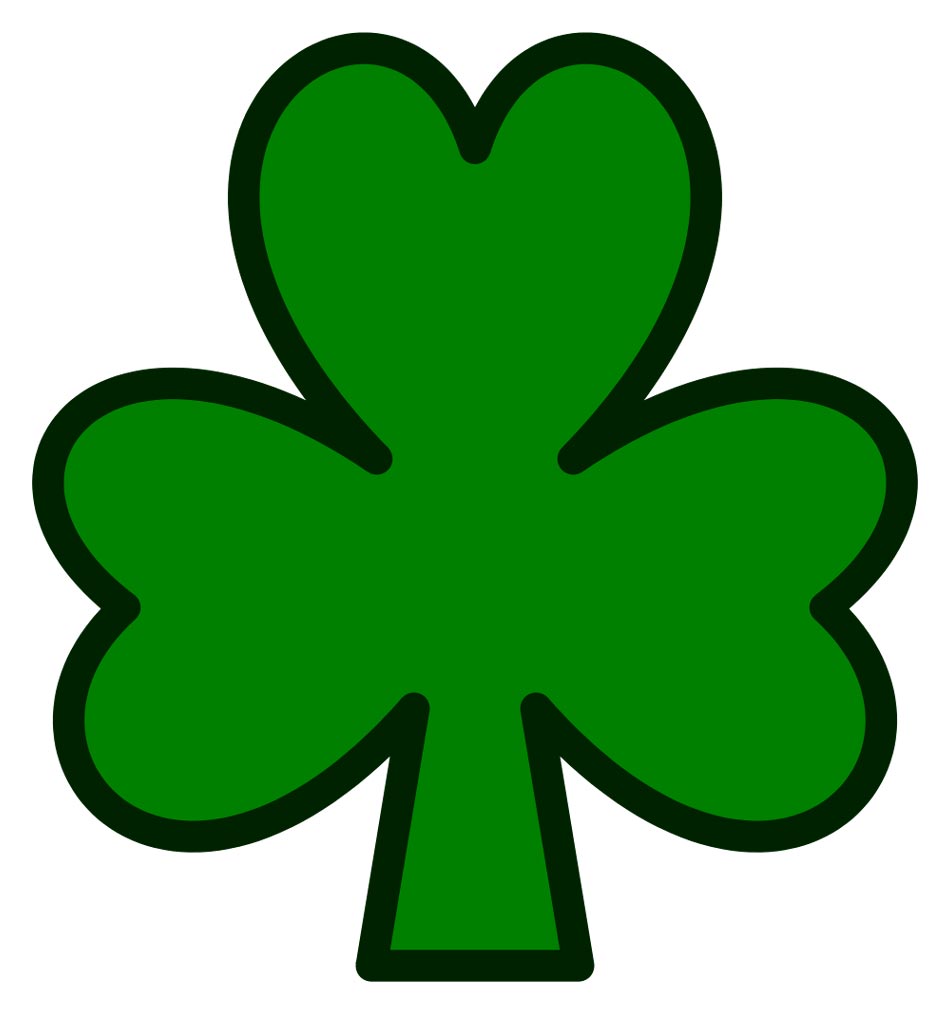 |  |
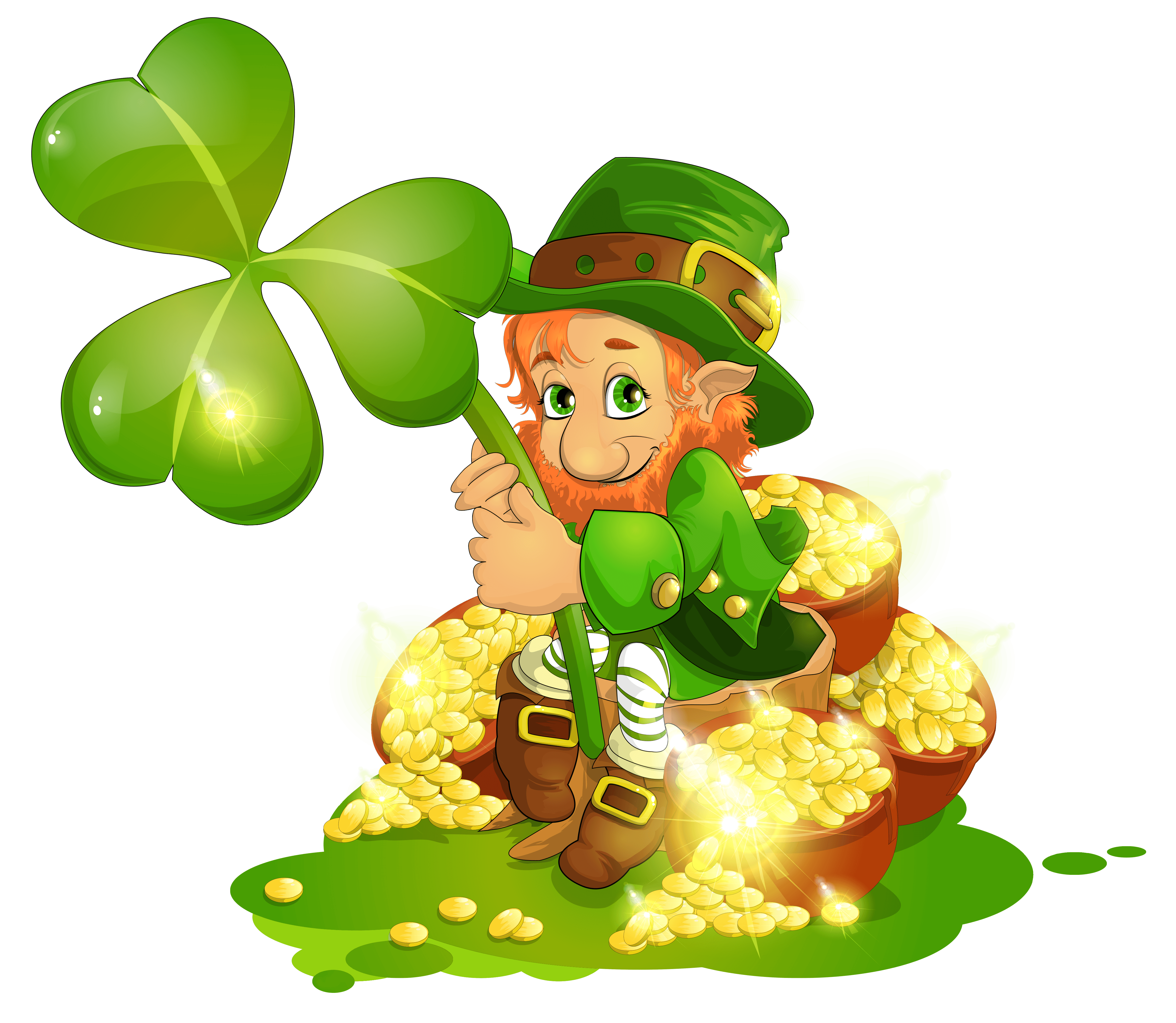 | |
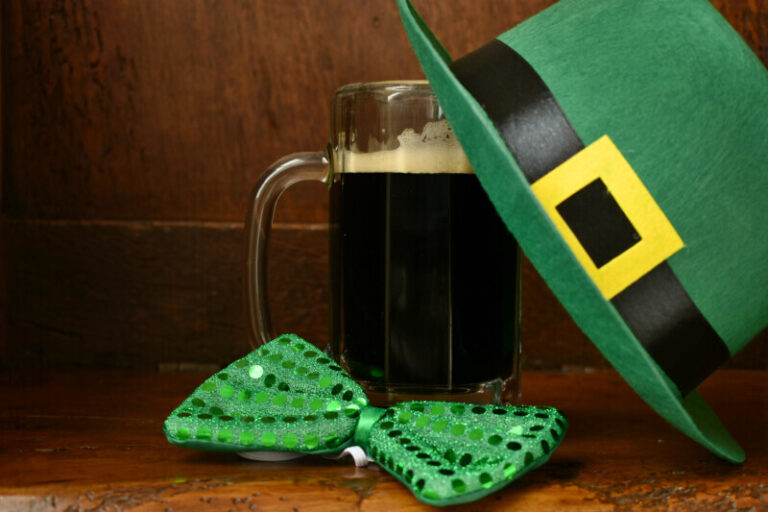 | 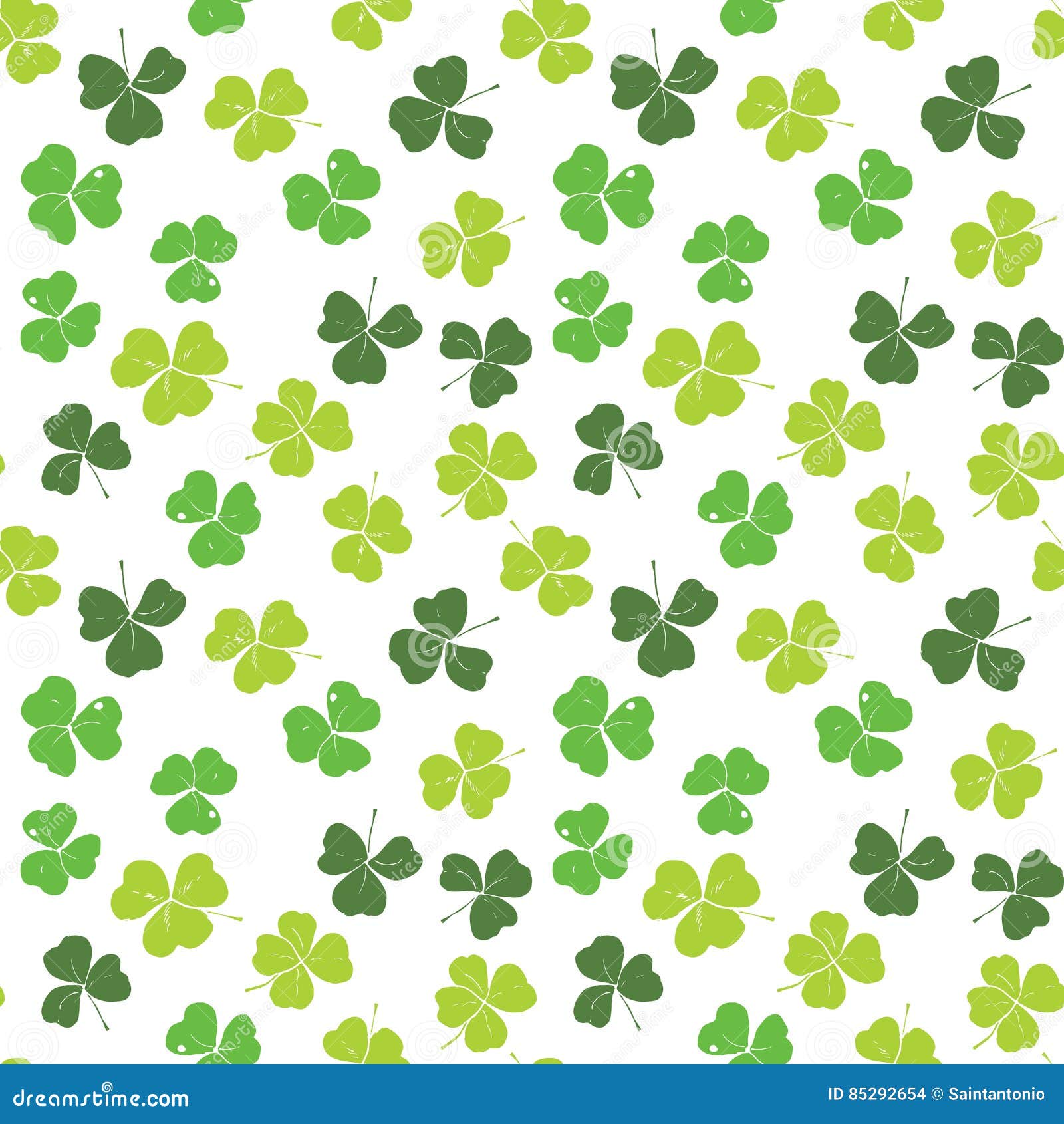 |
The Myth Behind Saint Patrick’s Day. Let’s strip the commercial gloss for a moment. Behind the rivers dyed green and drunken parades lies a potent truth. Saint Patrick’s Day is not about beer. It is about identity. It is the day when the Irish diaspora—displaced, scattered, but never dislocated—celebrates its heritage. It is worn proudly by the Irish, especially on St. Patrick’s Day (March 17th), as a symbol of national identity and spiritual heritage. During the 18th century , the shamrock took on a more political meaning, becoming a symbol of Irish independence during British rule. The symbols of St. Patrick’s Day offer a fascinating glimpse into Ireland’s rich cultural and historical tapestry. From the shamrock’s spiritual roots to the harp’s melodious national legacy, each symbol connects past and present, blending mythology with modernity. Since the 1950s, on St. Patrick's Day, the Taoiseach of Ireland presents a bowl of shamrock to the U.S. President. Beyond its cultural significance, and affirming the links between shamrock and St. Patrick’s Day, many believe that our patron saint used the shamrock as a powerful yet visual aid to illustrate the concept of the Holy Trinity. The shamrock is one of Ireland’s most enduring symbols, steeped in history and tradition. From its association with St. Patrick to its use in modern culture, the shamrock remains a potent emblem of Irish identity and heritage. This comprehensive guide will explore its history, cultural meaning, and commonly asked questions about this fascinating plant. The Below is a lovely St Patrick’s day toast you can use next March: St. Patrick’s Day Toasts: Here’s to a long life and a merry one. A quick death and an easy one. A pretty girl and an honest one. A cold beer and another one. May your wishes come true, and your truth be wise. Happy St. Patrick Day, Leprechauns, castles, good luck and laughter. Shamrock jewelry, especially during St. Patrick’s Day, allows individuals to celebrate and connect with these traditions in a personal and meaningful way. Whether worn as a symbol of luck, a statement of faith, or a badge of Irish heritage, the shamrock remains a timeless emblem of Ireland’s soul, cherished by generations past and present. Celebrated annually on March 17, St. Patrick’s Day is a holiday known for parades, shamrocks and all things Irish. From leprechauns to the color green, find out how symbols we now associate with St. Patrick’s Day Shamrock Printable. This free St. Patrick’s Day Bundle includes a mini book about how Saint Patrick used a shamrock to explain the Holy Trinity and a coloring page with the symbols of the three parts of the trinity arranged on a shamrock. Grab this St. Patrick’s Day Shamrock printable to add more fun to your St. Patrick The shamrock remains one of the most popular symbols used on Hallmark products and cards for St. Patrick’s Day, and of course, Bradbeer says, all of the products focus on the color green. The Shamrock: A Three-Leafed Revolutionary. First things first. A shamrock is, and has always been, a three-leafed clover. It’s not a lucky charm, it’s not a genetic mutation, and it’s certainly not some gaudy green monstrosity mass-produced for St. Patrick’s Day hats. The word shamrock comes from the Irish seamróg, meaning “little The Christian association with the shamrock is primarily attributed to St. Patrick, the patron saint of Ireland. According to legend, St. Patrick used the shamrock to explain the concept of the Holy Trinity—the Father, the Son, and the Holy Spirit—as three divine beings in one entity. Shamrocks are a symbol of St. Patrick’s Day. St. Patrick used the shamrock as a teaching tool for Christianity, saying that each leaf represent a part of the holy trinity (the father, the son and the holy spirit). The three leaves on the shamrocks also represent faith, hope and love. On four leaf clovers, the fourth leaf represents good luck. St. Patrick's Day Tradition On St. Patrick's Day, which falls on March 17th, people around the world wear and display shamrocks as a symbol of Irish heritage and culture. The tradition of wearing shamrocks on this day dates back to the 17th century. Wearing a shamrock is more than just a fashion statement; it is a profound artistic expression Is the shamrock a myth? The truth behind 5 St. Patrick’s Day symbols. From rivers dyed green to steaming plates of corned beef and cabbage, each of the symbols we associate with St. Paddy’s The shamrock is the emblem of the patron saint of Ireland, St. Patrick. Legend has it that St. Patrick used the shamrock with its three leaves to explain the Holy Trinity to the Celtic pagans. Most portrayals of St. Patrick show him with a cross in one hand and a shamrock in the other. Today, people wear green and sport shamrocks on St. Patrick Seeing as St. Patrick is the patron saint of Ireland, the shamrock has been used as a symbol of Ireland since the 18th century when the shamrock was taken up as an emblem by the Irish Volunteers, who defended Ireland from the threat of invasion from Spain and France while British soldiers retreated from Ireland to fight the Revolutionary War in America. Whether used by St. Patrick to teach Christianity, adopted by freedom fighters as a national emblem, or worn on St. Patrick’s Day as a sign of Irish pride, its significance has endured for centuries. If you want to dive deeper into the history of shamrocks and their connection to four-leaf clovers, check out our detailed article here. There are seven symbols that hold special meaning on this day. The St. Patrick’s Day symbols are shamrocks, the color green, leprechauns, parades, corned beef and cabbage, and green beer and the harp. While some of these symbols tie to St. Patrick directly, most correlate more with celebrating Irish culture and showing Irish pride in general. Discover the rich symbolism of the shamrock in our latest article! From its historical ties to St. Patrick's Day and its representation of luck and faith, the shamrock embodies Irish heritage and national pride. Explore how this iconic plant illustrates the Holy Trinity, its roots in ancient Ireland, and its enduring significance across cultures. Join us in celebrating the deeper meanings
Articles and news, personal stories, interviews with experts.
Photos from events, contest for the best costume, videos from master classes.
 |  |
 |  |
 |  |
 |  |
 | |
 |  |